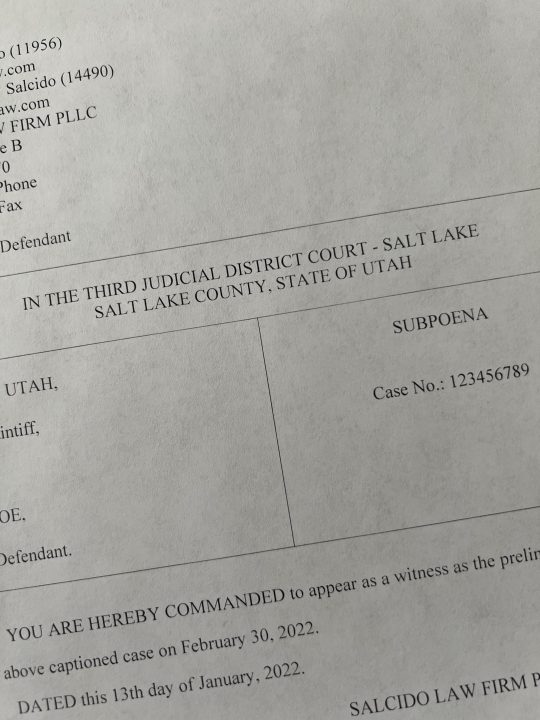Judges Rule Based on the Evidence Presented
Believe it or not, courts make mistakes. Judges, after all, are only human. Trials can be time consuming and can include hundreds of pages of evidence and hours of testimony given by witnesses. Judges who preside over such trials are expected to make a fair judgment based on all of the evidence. In cases where there is no jury, such as in divorce cases in Utah, the judge is the sole trier of fact. At the end of a trial or other hearing that requires findings of fact, the judge has to consider everything he heard and read and then issue a judgment or other other based on that evidence.
Sometimes the judge may fail to consider certain evidence, forget to rule on a specific issue, or otherwise make a mistake in his ruling that does not amount to a judicial error but merely a clerical error.
Rule 60 Allows Judges to Correct Errors Made by the Court
Rule 60(a) of the Utah Rules of Civil Procedure provides a mechanism whereby a court can correct itself for what are considered “clerical errors.” Rule 60(a) permits a court to correct any “oversight or omission” in “judgments, orders or other parts of the record…on the motion of any party.” Rule 60(a) applies to cure errors “in accurately memorializing a judgment.” Jolley v. Jolley, 2004 UT App 416. A clerical error under Rule 60(a) is one of recording “that results in the entry of a judgment which does not conform to the actual intention of the court.” Thomas A. Paulsen Co. v. Industrial Comm’n , 770 P.2d 125, 130 (Utah 1989). In contrast, a judicial error “is one made in rendering the judgment and results in a substantively incorrect judgment.” Id. Rule 60(a) may be used to correct judgments only “for the purpose of reflecting the actual intention of the court and the parties.” Lindsay v. Atkin, 680 P.2d 401, 402 (Utah 1984).
Thus, Rule 60(a) is not a means to attack a judge’s ruling because one does not agree with the ruling. Instead it merely allows a court to correct a ruling that does not reflect what the court actually intended.
A Rule 60(a) correction of a clerical mistake is akin to a judgment entered nunc pro tunc, since both Rule 60(a) and nunc pro tunc orders are meant to correct clerical errors to reflect the court’s actual intention regarding a certain ruling. Utah has simply codified the nunc pro tunc procedure into the rules of civil procedure.




